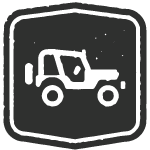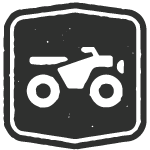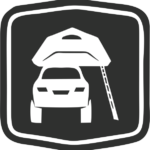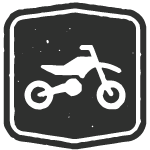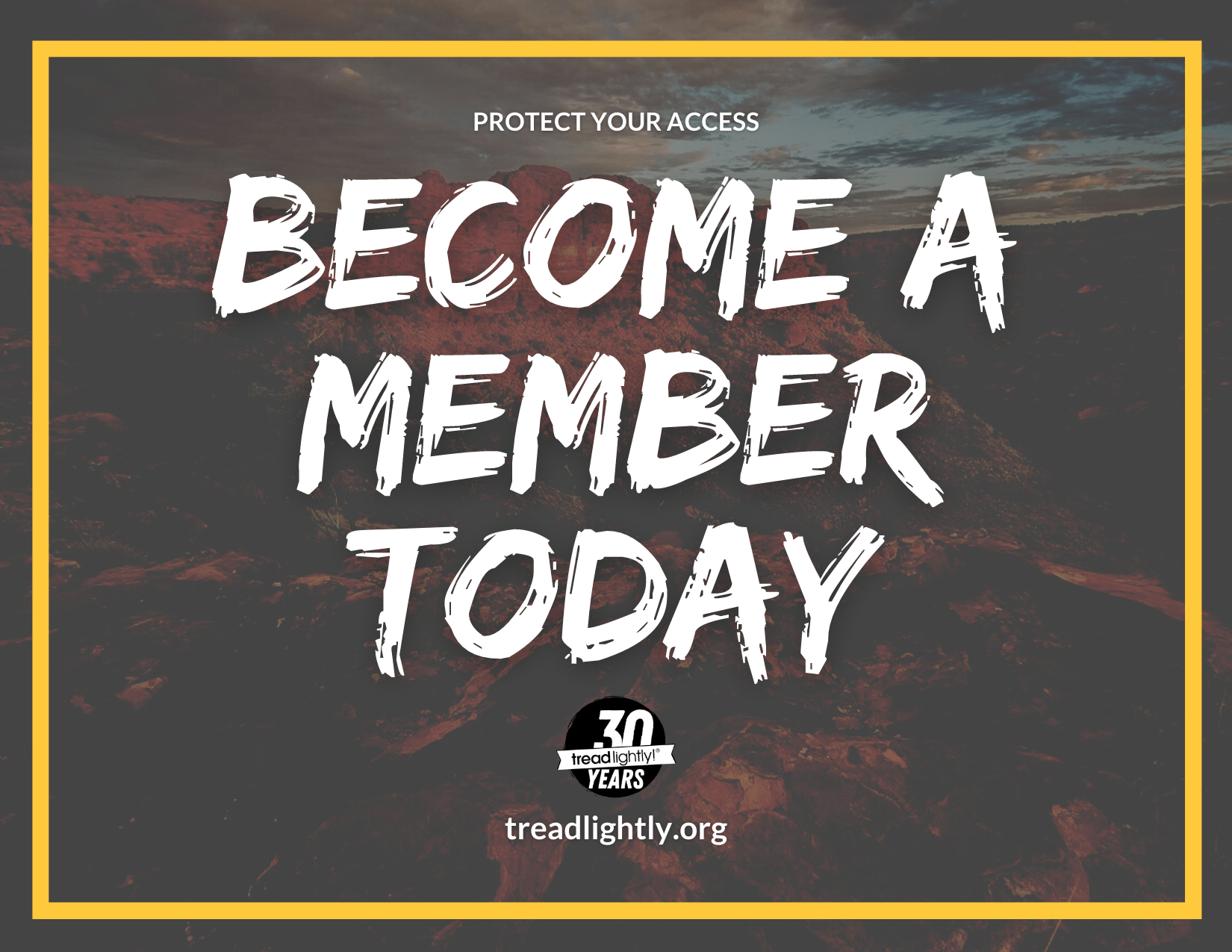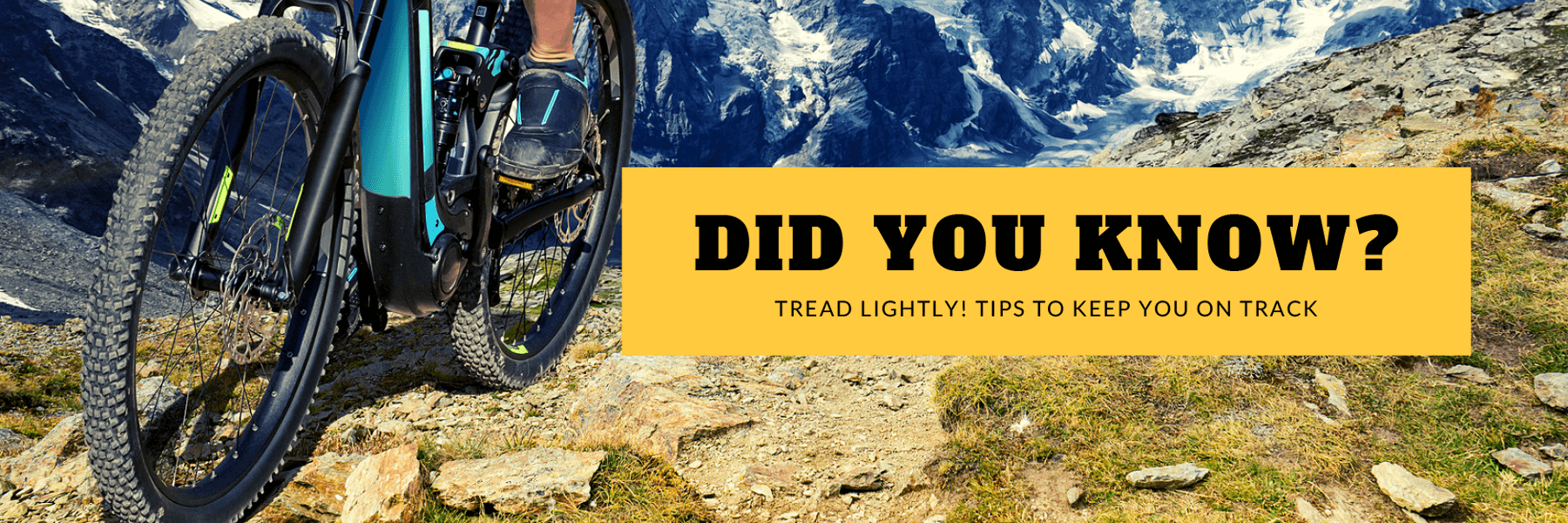
WHAT IS “WILDERNESS?”
Area Designated as Wilderness is a legal designation designed to provide long-term protection and conservation of Federal public lands. Wilderness is defined by the Wilderness Act of 1964 as “an area where the earth and its community of life are untrammeled by man, where man himself is a visitor who does not remain…”
WHAT FORMS OF RECREATION ARE ALLOWED IN AREAS DESIGNATED AS “WILDERNESS?”
Wilderness Areas support a wide variety of recreation uses that are consistent with protection of wilderness characteristics. Recreational uses in wilderness include activities such as hunting, fishing, hiking, horseback riding, backpacking, camping, nature study, photography, and climbing. Bicycles and other forms of mechanical transport are not allowed in Wilderness Areas, since they are prohibited by the Wilderness Act.
ARE MOTOR VEHICLES ALLOWED IN WILDERNESS?
No. The Wilderness Act generally prohibits the use of motor vehicles in wilderness. The law contains special provisions for motor vehicle use when required in emergencies or as necessary for the administration of the area. Motor vehicles may also be permitted for special uses such as access to a private inholding, to support grazing, or to exercise valid existing rights.
List of Wilderness areas in the United States
Basic OHV Laws
- Wear Your Helmet: For riders and passengers under age 18, it’s the law, but we advise everyone to wear a helmet. It can save your life. Properly worn, a helmet won’t reduce vision or hearing and helps cut out windblast.
- Gloves, abrasion resistant clothing, and over the ankle boots are also highly recommended
- Youth, 8-15 years of age, must possess an OHV education certificate before operating an OHV on public land.
- Ride only on designated routes and areas open to OHVs
- Ride on the right side of the road and in single file
- Be alert to oncoming traffic, especially on blind curves or in dips and crests of hills
- It is illegal to drive an OHV while under the influence of alcohol or drugs
- A red or orange “whip flag” must be attached to OHVs when riding in sand dune areas
- Lights must be used between sunset and sunrise
- Be sure your brakes will control and stop your OHV
- Mufflers with an approved spark arrestor are required on all OHVs (snowmobiles do not require spark arrestors)
Hunting
- Firearms must be unloaded before they are carried on an OHV. The use of firearms must take place off the OHV. Shooting from an OHV, across the road, or from a road is against the law.
- Operations off of an OHV designated trail and in closed areas is illegal.
- Written permission should be obtained before operating an OHV on private property and taking wildlife or engaging in wildlife-related activities on private property.
- Off-trail game retrieval is not allowed on public lands. If game retrieval requires you to leave the trail, the motorized machine must remain behind.
- Keep your distance! It is illegal to chase or harass any species of wild or domestic animal with an OHV.
Street-Legal
- An operator must posses a valid drivers license to operate on street-legal roads with a street-legal machine. They must also be at least 16 years of age.
- If you have a registered street-legal dirtbike, you do not need to purchase a Non-Resident Permit.
- Usually the registration for street-legal machines includes an OHV registration sticker.
Open Container
According to 41-6a-502
“A person may not operate or be in actual physical control of a vehicle if they are under the influence of alcohol, any drug, or the combined influence of alcohol and any drug to a degree that renders the person incapable of safely operating a vehicle”




